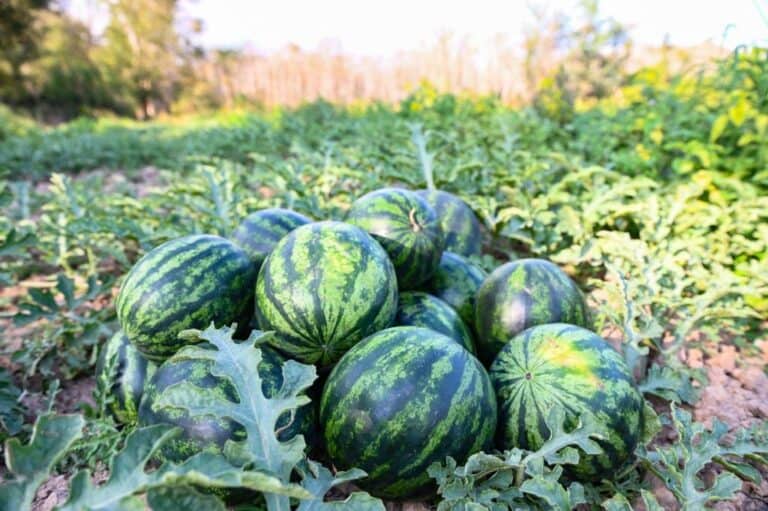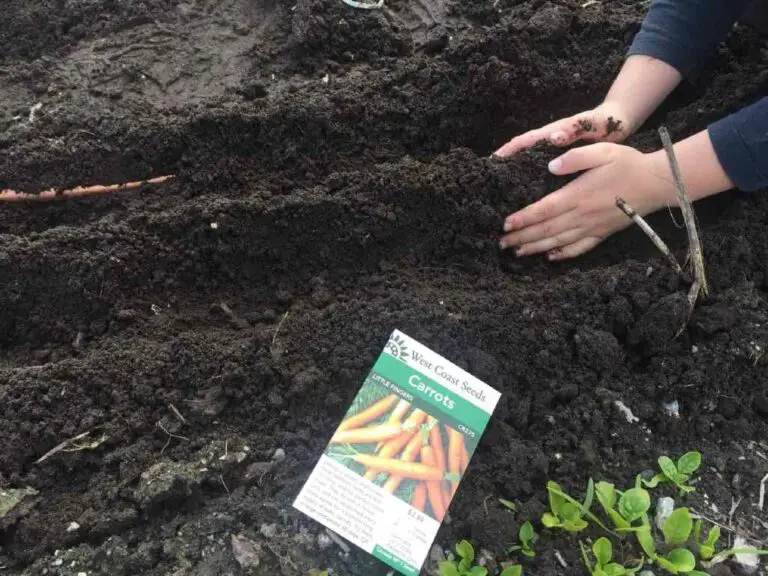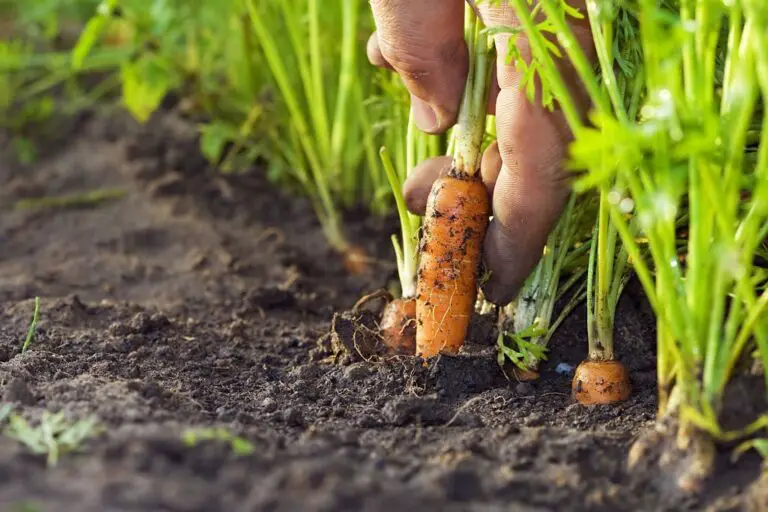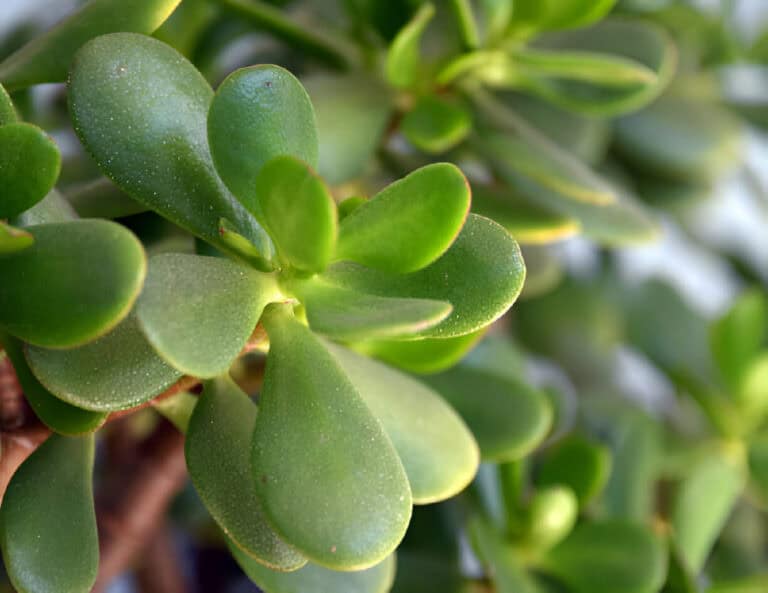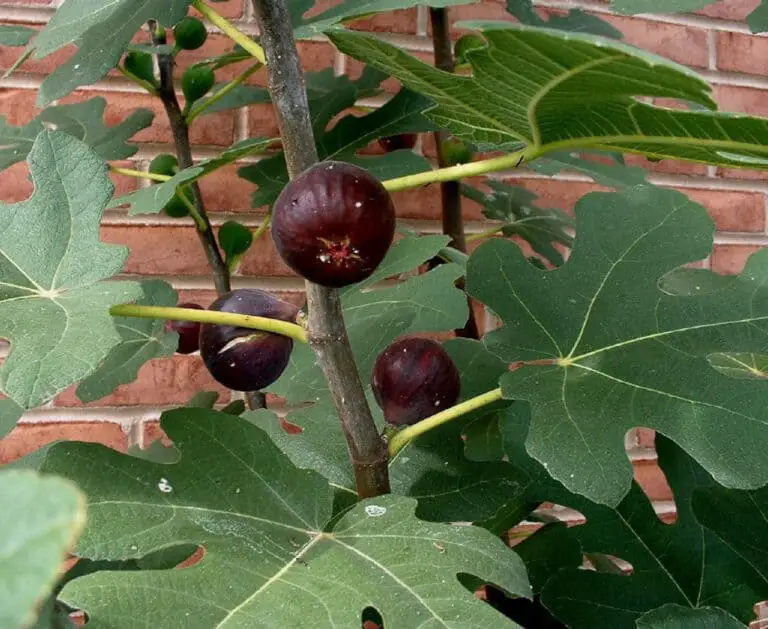How to Grow Jalapeños Indoors: From Seeds To Potted Plants
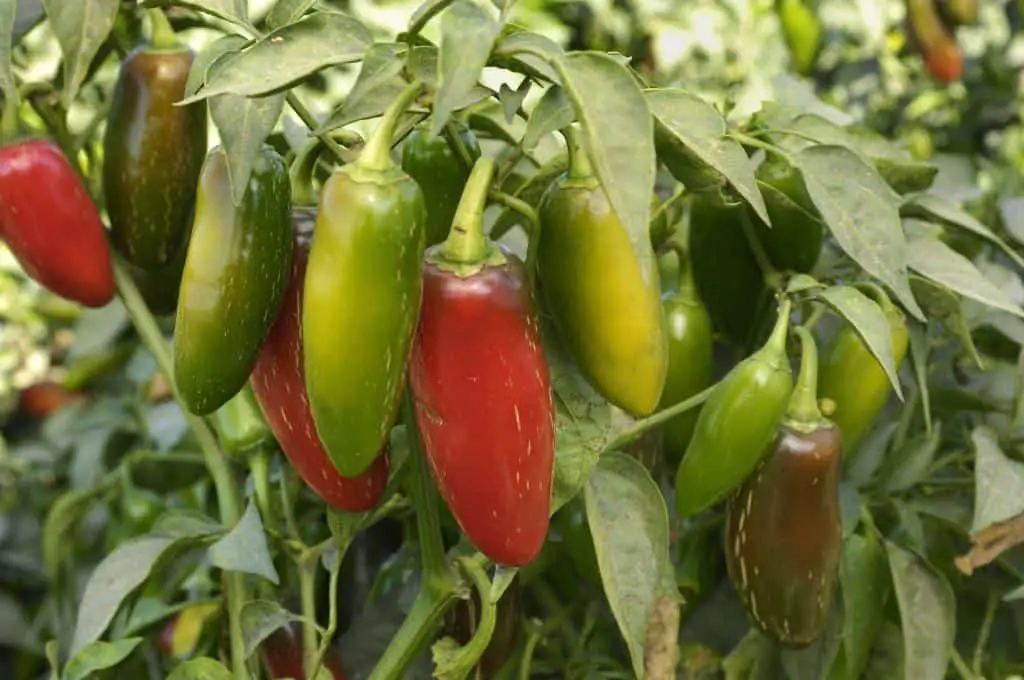
It can be a satisfying experience to grow your own jalapeño peppers, but you need some know-how and work. Starting jalapeno seeds indoors is an ideal condition, especially if you live in a cold region or have a short growing season. Doing this is an ideal way to get a head start on the growth season and prevent the risk of frost.
I’ll cover all the information you need to start jalapeño seeds indoors in this article. Including when to start, how to prepare the seeds, the quantity of seeds to use for each starter, and how to take care of the seedlings.
When to Plant Indoor Jalapeño Seeds
Planting jalapeño plants from seed may be an enjoyable and fulfilling activity for both food fans and gardeners. However, you need to start the seeds at the appropriate time and in the right conditions to guarantee the finest outcomes.
In this post, we’ll talk about when to begin planting jalapeño seeds indoors. We’ll consider the ideal soil temperature, the date of the last frost, and other elements that can affect your crop’s success.
The Last Frost Date and Soil Temperature
The date of the last local frost is one of the most important variables to take into account when planting jalapeño seeds indoors. It is unlikely that you will have any additional freezes or frosts after this date.
So, you need to wait until after the latest frost date to move jalapeño plants outside. This is because they are still sensitive to cold and cannot withstand frost. The last frost date in the US varies based on where you live, but it typically happens around the middle of March or early May.
Apart from the date of the last frost, pay attention to the soil temperature for the germination of jalapeño seeds. For germination, jalapeño seeds require warm soil temperatures, between 70 and 80 degrees Fahrenheit.
Take note that weaker plants may result from seeds that do not sprout or that take longer to germinate due to low soil temperatures. Use a seedling heat mat or set the seeds in a warm spot in your house, such as a sunny windowsill, to guarantee the ideal soil temperature.
When is The Best TIme to Start Jalapeno Seeds Indoors?
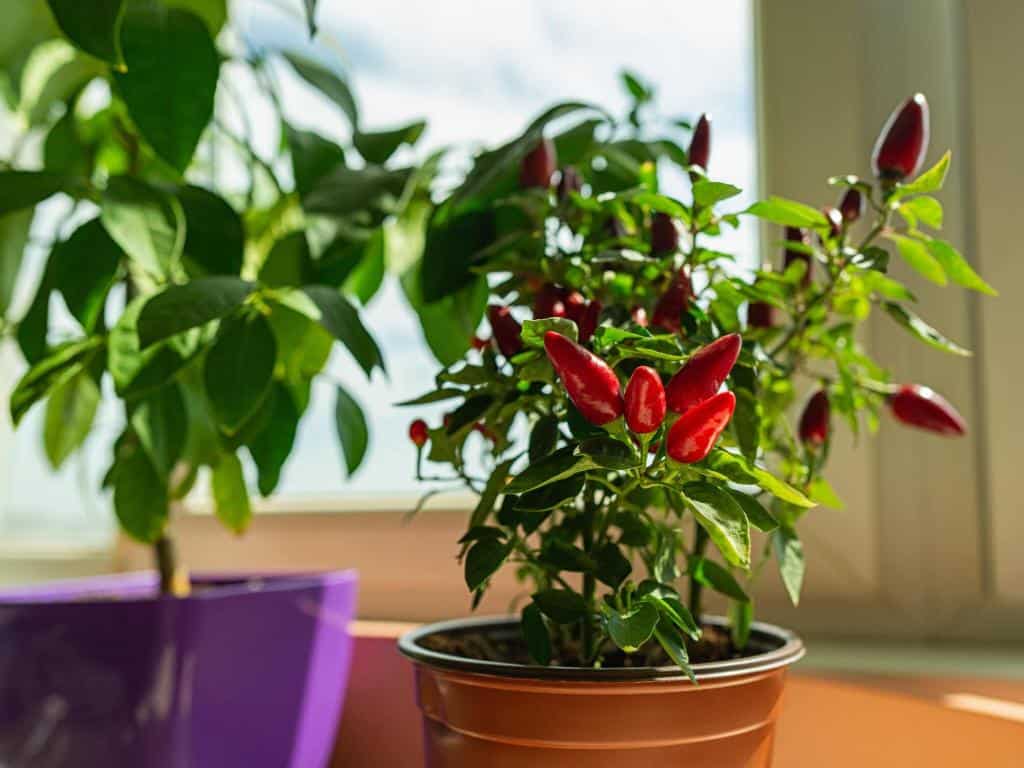
Your area will determine the ideal time to start jalapeño seeds indoors based on the date of the last frost and the ideal soil temperature. Generally speaking, you should start your seeds 6 to 8 weeks before the last date of frost. This will ensure that when you move your plants outside, they have ample time to form robust roots, stems, and leaves.
Use an online tool or speak with your local nursery or gardening center to find out when the optimum time is to start your jalapeño seeds inside. They can give you precise details regarding the date of the last frost in your region as well as advice on when to plant seeds.
The Advantages of Starting Jalapeno Seeds Indoors
As a gardener, you can reap various benefits from starting jalapeño seeds inside, such as:
1. A head start
You may jumpstart the growth season by starting your seeds indoors. As a result, you can enjoy your peppers for a longer period of time. You will harvest them early in the growing season.
2. More control
When you start your seeds indoors, you have more power over the environment. You can control soil moisture, temperature, and illumination. This could lead to a better crop and plants that are stronger and healthier.
3. Increased variety
By starting your seeds indoors, you can experiment with jalapeño pepper varieties. You would not find these at your neighborhood grocery store or nursery.
4. Cost-effectiveness
Buying seedlings from a nursery may not always be more economical than starting your seeds at home. You can grow more plants for the same amount of money.
How to Get Ready for Planting Jalapeño Seeds
Pros and Cons of Soaking Seeds Before Planting
An easy way for gardeners to speed up the germination of jalapeño seeds is to soak them first. Soaking the seeds has several advantages, one of which is that it softens the seed coat, promoting faster and more even sprouting. Soaking might make it even less likely that the seed will rot by getting rid of any fungi or other pathogens that might be on the surface.
However, there are also potential downsides to soaking seeds. If the seeds are over-soaked, they may get soggy and leggy seedlings that won’t germinate. Furthermore, some gardeners have mentioned that soaking seeds may increase the incidence of damping-off. This fungus kills young seedlings.
If you decide to soak your jalapeño seeds, make sure you follow the right soaking instructions. Before planting, give the seeds a thorough rinse and drain after soaking them for a maximum of 12 to 24 hours. |
Steps for Germination of Jalapeño Seeds in a Paper Towel
A well-liked way to start the growing season early is to germinate jalapeño seeds in a paper towel. The actions to take are as follows:
- Towels should be damp but not drenched after being wet and wrung off of excess water.
- Spread out the seeds on the moist towel, making sure they don’t touch.
- Place the paper towel and the seeds in a plastic bag or other container after folding it over the seeds.
- For several days, keep the seeds in a warm, dark spot. Make sure the towel is still damp but not drenched every day.
- Gently place the seeds into the soil after they have grown and formed little roots.
Starting your jalapeño plants from seed in a paper towel might be quick and simple. However, it’s crucial to take caution while moving the seedlings.
Verifying if the Jalapeño Seeds Are Viable
Make sure your jalapeño seeds are viable before you begin preparing them for planting. The following advice can help you determine whether your jalapeño seeds are viable:
- Check the seed packet: If you acquired your seeds from a reliable seller, the packet should have a “sell-by” date or “packaged for” date. The viability of the seeds may decrease if they are older than a year.
- Try the water test by adding your jalapeño seeds to a glass of water. While seeds that float are probably not, those that sink to the bottom are most likely.
- Examine the seeds for any indications of damage, such as splits or cracks. The likelihood of damaged seeds germinating is lower.
Before you begin planting, make sure your jalapeño seeds are viable. This will improve your chances of good germination and, eventually, a plentiful crop.
| Related: Are Jalapenos Self Pollinating? |
Planting Jalapeño Seeds Indoors
One excellent method to jumpstart the growth season and boost the chances of a bumper crop is to start jalapeño seed indoors. The procedures for sowing jalapeño seeds indoors are as follows:
Selecting the Proper Soil and Containers
Selecting the proper soil and containers is crucial when planting jalapeño seeds. Use trays or pots with drainage holes at the bottom that are at least 2-3 inches deep. By doing this, you can make sure that any extra water drains out and avoid root rot.
Light, loose, and well-draining soil is ideal. You can make your own potting mix by mixing equal quantities of perlite, vermiculite, and peat moss, or you can purchase a premade mix. The addition of organic matter, like aged manure or compost, to the soil can aid in giving the jalapeño plants the nutrients they require.
How to Plant Seeds: Proper Depth and Spacing
In the dirt, sow the jalapeño seeds about 1/4 inch deep. Sow one seed in each pot or container, or up to three seeds per tray. When planting more than one seed in a pot, give each one a distance of one to two inches.
Ensuring Proper Moisture and Light Levels
Following sowing, lightly sprinkle the seeds with a sprayer to ensure the soil is damp. Steer clear of overwatering the seeds, as this might promote rot and fungal growth. Make sure the soil stays damp but not drenched during the germination process.
A lot of sunshine is necessary for jalapeño seeds to germinate and flourish. Put the containers in a bright area, ideally near a window that faces south. Grow lights are an additional source of illumination if natural light is insufficient. Giving the seedlings 12 to 16 hours of light per day is a good general guideline.
The Value of Appropriate Ventilation and Drainage
A healthy environment with enough drainage and ventilation is essential for jalapeño seedlings. Ensure that the containers can readily drain away any extra water and that they have drainage holes. Additionally, try not to overcrowd the seedlings. This might result in inadequate ventilation and promote the growth of fungi.
A tiny fan placed close to the seedlings will help to ensure proper ventilation by encouraging air movement. In addition to strengthening the stems of the seedlings, this can help avoid infections.
You may boost your chances of a fruitful harvest and give your jalapeño seeds the best start possible indoors by following these tips.
Indoor Jalapeño Seedling Maintenance
Fertilizing seedlings of jalapeños:
For jalapeño seedlings to grow and develop healthily, they require a consistent supply of nutrients. For your jalapeño seedlings, you can create a nutrient-rich soil by using compost or slow-release fertilizers. Slow-release fertilizers ensure a steady supply of vital nutrients. They release nutrients gradually over time.
In addition to retaining moisture and enhancing soil structure, organic matter can encourage microbial activity in the soil. Fertilizer burn and stunted growth can result from overfertilizing; be sure you follow the directions on the fertilizer package. |
Jalapeño seedling pruning:
A crucial aspect of taking care of jalapeño seedlings is pruning. Frequent removal of the seedlings’ lower leaves increases airflow. It also guards against fungal infections.
It can help prevent the plants from growing too tall and spindly and promote bushier growth. Use fresh, sharp pruning shears or scissors, and try not to prune more than one-third of the plant at once.
Planting seedlings of jalapeños:
It’s time to move your jalapeño seedlings into bigger containers or outside into the garden once they have many sets of leaves and a robust root system. It’s crucial to transplant seedlings properly and at the appropriate time because it can be stressful for them. To transfer the seedlings, wait until after the latest frost date and pick a warm, cloudy day.
Gently remove the seedling from its previous container and set it in the hole you dug in the new container or garden bed. Water well and firmly pack the dirt around the stem.
Common illnesses and pests to be aware of:
Jalapeño seedlings are vulnerable to a wide range of diseases and pests. Aphids, whiteflies, and spider mites are among the most prevalent pests. Neem oil or insecticidal soap work well against these pests.
You can prevent fungus-related diseases, such as damping-off, leaf spot, and powdery mildew, by ensuring enough ventilation. Also, refrain from overwatering and eliminate contaminated leaves. When working with your jalapeño seedlings, make sure to wash your hands and your tools to stop the spread of disease.
Transferring Jalapeño Seedlings Outside
It’s crucial to get jalapeño seedlings ready to move outside after growing them indoors. This procedure is known as “hardening off.” It involves gradually exposing the seedlings to the outside world. This section will cover how to harden off jalapeño seedlings. It will also explain where to plant them. Additionally, it will discuss the benefits and drawbacks of planting jalapeño seedlings in pots versus the ground.
Timeline and steps for hardening off jalapeño seedlings
It’s crucial to harden off jalapeño seedlings before transferring them outside to guarantee their survival. The procedure involves progressively exposing the seedlings to the external environment. It usually takes seven to ten days. The steps to harden off jalapeño seedlings are as follows:
- Gradually increase the amount of time the seedlings spend outside by starting with a few hours each day in a sheltered, shaded area.
- After a few days, transplant the seedlings to a spot that gets a few hours of daily partial sun.
- Increase the seedlings’ daily exposure to the sun by small increments.
- Move the seedlings to their permanent location, where they will get full sun after a few more days.
Selecting the ideal spot requires full sun and adequate drainage.
For them to thrive and bear fruit, jalapeño seedlings need to be in a spot that receives full sun. Additionally, they require proper drainage to avoid soggy soil, which can cause root rot.
When choosing a spot for jalapeño seedlings, make sure the soil drains properly and the area gets at least 6 to 8 hours of direct sunlight each day.
The benefits and drawbacks of planting jalapeño seedlings in pots or the ground
You may choose to put jalapeño seedlings in pots or straight in the ground when planting them. Here are each method’s benefits and drawbacks:
Planting seedlings of jalapeño in the ground:
Pros:
- Ground-grown jalapeño plants typically yield larger fruits.
- There is more room for plants to expand and develop robust root systems.
- You won’t need to water as regularly.
Cons:
- Restricted mobility: Once planted, a plant remains immobile.
- vulnerable to pests and illnesses carried by the soil.
Planting potted jalapeño seedlings:
Pros:
- Transportable: If necessary, you can relocate the plants to a more suitable spot.
- Perfect for people who don’t have much outside area.
- easier to regulate the moisture and soil.
Cons:
- Plants cultivated in pots are susceptible to root rot and need regular watering.
- Due to space constraints, plants might not yield as much fruit.
- Whether to put jalapeño seedlings in pots or the ground ultimately depends on your growing objectives and unique situation.
How to Grow Jalapeño Peppers: A Few Tricks
Jalapeño peppers are a common ingredient in numerous dishes, contributing a fiery touch to any meal. At-home jalapeño plant cultivation can yield many benefits and satisfaction. Here are some growing ideas and strategies for producing numerous and healthy jalapeño peppers.
Hydrating jalapeño plants: How often and how much
Regular watering is necessary for jalapeño plants to develop and yield fruit. They require approximately one inch of water per week on average. However, a number of variables, like the climate, the kind of soil, and the stage of growth, affect how often and how much to water.
Watering jalapeño plants more frequently may be necessary during hot and dry conditions. Additionally, it’s critical to water deeply to make sure the roots get adequate moisture. Of course, overwatering can result in root rot, so finding the right balance is crucial.
Jalapeño plant fertilization: what to do and not do
Frequent fertilization is beneficial for jalapeño plants. Incorporate organic materials and slow-releasing fertilizer into the soil prior to planting. After the plants begin to grow, you can fertilize them with a balanced fertilizer every few weeks.
Still, excessive fertilization can result in low fruit output and excessive leaf growth in jalapeño plants. Be careful not to overfertilize. Utilize the fertiliser sparingly and according to the directions on the container.
Supporting the growth of jalapeño plants via pruning, staking, and pinching.
Jalapeño plants usually have a bushy growth habit, with several branches extending from the base. When the plants grow about 6 inches tall, pinch off the top inch of the stems to promote branching and boost fruit production.
To keep jalapeño plants from bending or breaking under the weight of their hefty fruit, stake them. To support the plants, you can use bamboo stakes or tomato cages.
For optimal fruit output and healthy growth, pruning is also crucial. Eliminate any sick or yellowing leaves, and trim any branches that are pushing against one another or growing too close to the ground.
When to harvest jalapeño peppers and how many per plant
When jalapeño peppers reach a length of 2-3 inches and become green, it is time to harvest them. Though most people prefer the milder flavor of green jalapeños, they will turn red as they ripen.
During its growing season, a single jalapeño plant can yield several dozen peppers. When the peppers are the right size, which is usually 70–80 days after planting, you can pick them.
Use pruning shears or scissors to snip the peppers off at the stem without hurting the plant. Because the peppers can be really fiery, handle them with caution. If required, put on gloves and refrain from touching your face or eyes.
How to Use a Grow Light
When starting and growing jalapeño plants indoors, grow lights can be quite helpful. This is especially true in places with limited natural light. Utilizing grow lights can assist in supplying the plants with the length and intensity of light they require to flourish.
Choose grow lights for jalapeño plants that produce full spectrum light, emulating natural sunlight. Modify the light’s height and duration according to the plant’s growth stage. The proper duration of the grow lights’ use is also essential to prevent overexposure, which can cause heat damage or stunted growth.

